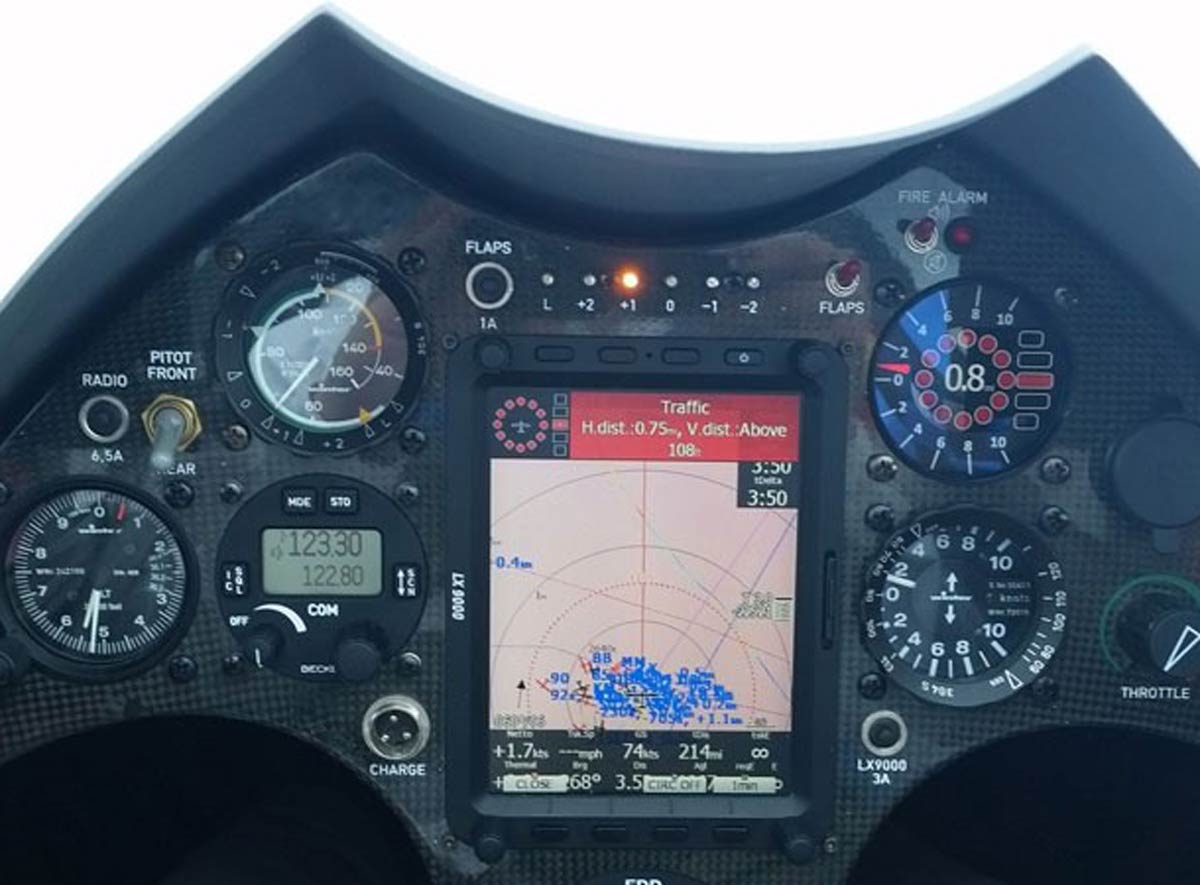What Will Aggressive Gaggle Flying Get You?

One of the most common safety issues that come up at contests is gaggle etiquette. At the JWGC 2015, my brother Boyd was the Club Class Safety pilot. His most common "chat" with offending pilots was their inability to safely gaggle fly. Many were being very aggressive trying to gain a few extra feet by compromising safety.
Aggressive gaggle flying is when you cut off another glider in a thermal and they have to take evasive actions to avoid mid-air (uncomfortably close). Sometimes it is common to have pilots re-center differently changing their circles. But it is never a good idea to have your belly to another glider as you lose sight of them.
Normally flying aggressively doesn't get you anywhere. You end up spending too much energy trying to pass and maneuver around other gliders to gain any extra altitude.
Joining the gaggle is always when I am the most nervous. One issue is that everyone starts to look at the gaggle and not pay attention to other gliders also entering into the gaggle. When you are alone you can pull up in the lift roll and pull into the core. In a gaggle, you have to slow down early and merge into the gaggle. That way your speed is matched before you enter and you can look around more easily for other traffic.
Once in the thermal, there is little to do. I notice that once you get about 5 gliders in a thermal reasonable close together it is not as efficient as it once was. The gaggle is generally not efficient in the climb, this is frustrating, but it is the reality of the gaggle. You may want to be at a 45-degree bank angle, but 25 is all you can do to avoid a mid-air. The bottom line is you really won't climb well after a mid-air.
Exiting the thermal can be just as exciting. You want to dive and get moving before you hit the sink. However, you would dive right into another glider. You also do not know if someone underneath you has rolled out when you did. So I roll out on heading wait a few seconds then slowly let the nose down. After a few more seconds have passed I go about my speed to fly looking around to see if anyone left with me.
Flarm has helped, but it is not the ultimate safety cure. It does become a second set of eyes. There can be a blind-spot and more importantly, the pilot might not be aware of the warning they are receiving. It gets very confusing when there are multiple threats.
Be safe and don't cut anyone off. Always look both directions before turning and keep your head on a swivel.








